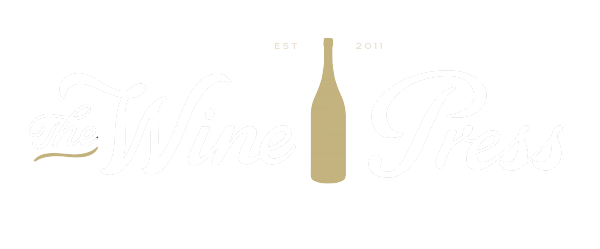WTF do all these letters mean?
Appellation FAQ
AVA, DOC, DOP, WO, DOCG. “Are these things I’m supposed to know?”
Of course not! This is what one of our Fenway customers asked me a few weeks ago, and her point was valid. Where should our customers learn these things without doing their own online searches? When you’re buying wine, the last thing you want is a homework assignment. That’s where we come in. This week I’m doing the homework for you.
So, what do all these frickin’ letters mean?
After we got a few questions from customers about all of the acronyms in our wine descriptions I decided to write a post that explains what they are. But once I wrote a draft, I realized that only a serious nerd would want to read it. I was able to determine this as a serious nerd. What our newest employee, Aria, helped me realize is that an FAQ would be much more helpful than a dense editorial.
What is an appellation?
A predetermined geographical area with its own wine growing and wine making regulations. Varietal (grape) percentages in each wine, aging minimums, pruning methods, vine training, alcohol levels, harvest dates, ripeness levels, acidity levels. These are just some aspects that are subject to regulation.
Where did appellations originate?
France. We have France to blame for all this nonsense. Some silly French wine producers in the 1920s decided to rip off high-end producers and sell cheap wine under fraudulent labels. France standardized their system in the 1930s. All other countries have used their model as a guideline.
Does the indication of an appellation necessarily mean higher quality?
It depends on where and it depends on the region in question. Within Burgundy and Bordeaux, most likely. Within California, not necessarily. Within Australia, I wouldn’t bet on it.
What does this mean for you?
If you decide to make a study of wine, becoming aware of wine regions and the appellations within them can help you understand why you enjoy certain styles of wine more than others.
Within each country I’ve listed the levels of appellations from highest tier to lowest. Again, they aren’t necessarily indicators of quality. Some of the most sought after wines from Tuscany fall under the IGT category, you just have to know what you’re looking for. But that’s why you have us.
Look out for more in-depth breakdowns of Burgundy, Bordeaux, Chianti, Barolo, and Champagne!
France
AOC/AOP - Appellation d’Origine Controlée /Appellation d’Origine Protégée
IGP - Indication Géographique Protégée
VDF - Vin de France
Italy
DOCG - Denominazione di Origine Controllata e Garantita
DOC - Denominazione di Origine Controllata
IGT – Indicazione Geografica Tipica
VDT - Vino da Tavola
Spain
DOP- Denominación de Origen Protegida (with 4 subdivisions)
IGP - Indicación Geográfica Protegida (includes Vino de la Tierra - VdT)
Vino de Mesa
Portugal
DOC/DOP - Denominação de Origem Controlada/ Denominação de Origem Protegida
IGP - Vinho Regional
United States
AVA: American Viticultural Area
Example: California -> North Coast -> Napa Valley -> Stag’s Leap District -> Pine Ridge Vineyards
With the exception of Pine Ridge Vineyards, which is a singular producer, these are all AVAs within the state of California.
Australia
GI: Geographical Indication. Zone – Region – Sub-region – Winery (not an official designation)
South Australia -> Clare Valley -> Auburn -> Mt. Horrocks Wines
South Africa
WO: Wine of Origin. Region – District – Ward
Western Cape -> Stellenbosch -> Devon Valley
